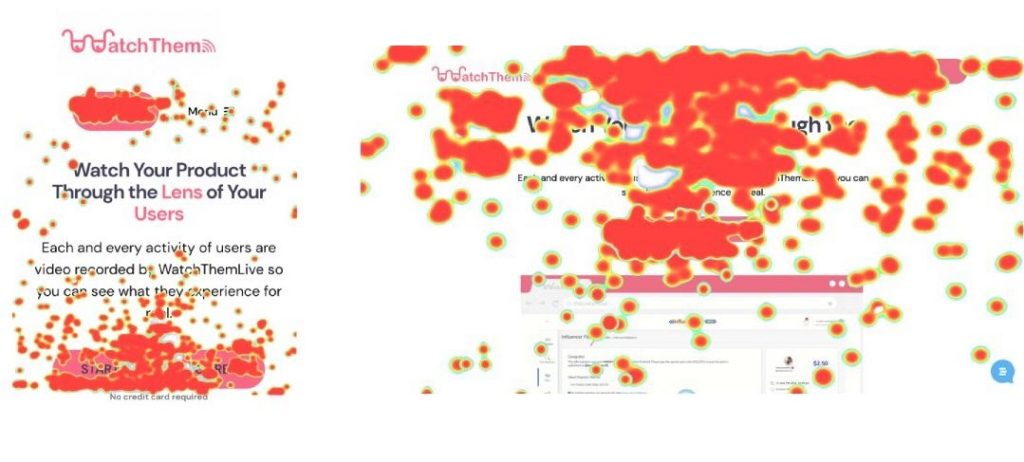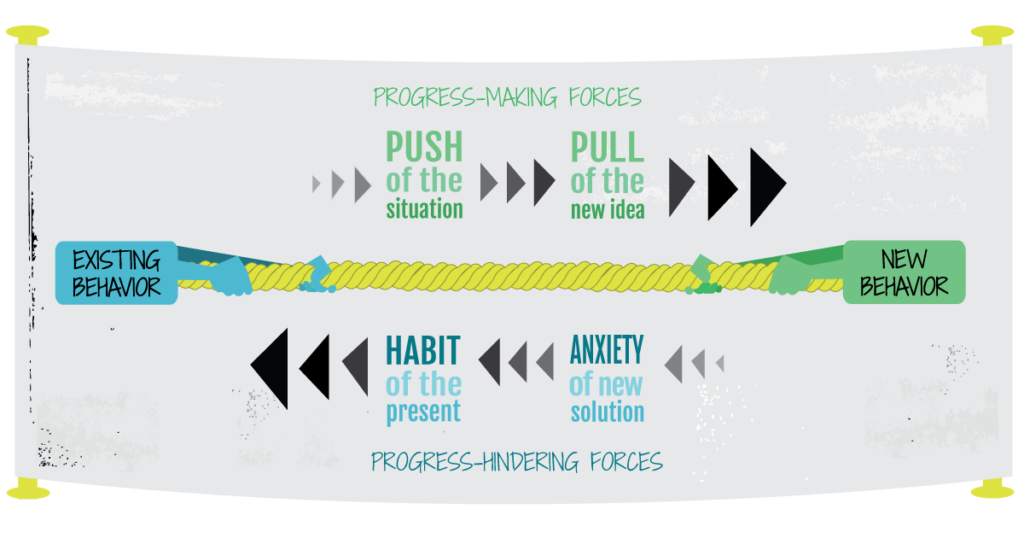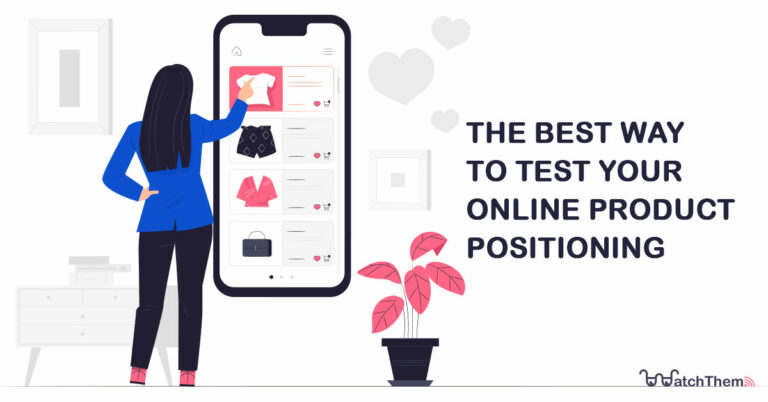Page Contents
Psychology and mind games, these are the two factors that can simply summarize product positioning. Let’s open with an example; what will come to your mind when you are asked what do you want to eat for dinner? Or where do you go to find some product on the internet?
The first name that comes to your mind is that product’s position. It’s all about getting up there in the list, it’s the first option for customers when they think about a specific product or service.
As Ries and Trout pointed out in Positioning: The Battle for your Mind: “The basic approach of positioning is not to create something new and different, but to manipulate what’s already up there in the mind, to re-tie the connections that already exist.”
In this post, I’ll try to explain and help you to reach the level you want with your product’s position.
For more content on Marketing Strategies


What is Product Positioning?
Product positioning is a kind of marketing that provides your audience the benefits of using your product. In other words, it shows them why your product is better than others and why it is unique and they should use it.
Of course, you should use eligible tools to help your sales, but it doesn’t ignore the fact that your product image in customers’ minds must be well enough for that to answer.
An important component of any marketing plan is product positioning. But it doesn’t have to be limited to one audience. For example, a product may have a main target audience and also a secondary audience that is also interested in the product but perhaps in a different way. Each audience will find the product appealing for different reasons, which is why it’s important to tailor marketing messages to focus on the benefits each audience values most.
Questions to Ask Yourself Before Product Positioning
For understanding your niche market, you can start with some questions that will narrow down the market to what really you should focus on
-
Who is your ideal customer when it comes to values?
-
What are your personal values and how do these relate to your products or company?
-
What do you consider your company’s core competencies and how can you make these visible?
-
What brands do you like and how would people associate your company with these brands?
-
What are the current trends in your market and what can your products contribute to that?
If you look at these questions they are all about knowing your audience and market area and plan and advertise according to that. It will lighten up your way so much that it will be worth trying. But how would it help?
Benefits of Good Product Positioning
To be specific we should talk about how exactly product marketing will help your business and boost you up. Here are some of the many benefits it will provide for your company:
-
Standing out between tons of other products like yours
-
Your audiences will hear you among the deafening voice of marketers and advertisements
-
You will understand the value of your product in the market
-
You can justify the price of your product to compete in your area of interest
-
You’ll be able to write your product’s story, content, and marketing messages from a position of authority
These are some of the values that product positioning will provide for you.
Steps to Have an Effective Product Positioning Strategy
Now that we know the definition and benefits of product positioning, it’s time to start to make a strategy for it step by step:
1. Start to know your audience
You need to know how your audiences think and behave to be able to make decisions according to that. A very powerful tool to fulfill this goal is WatchThemLive analytics and user tracking services. These tools will help you to track your audience and future customer’s behaviors and help your brand to grow in their mindset by making their needs fulfilled. But how does it work?
- Session replay: by replaying the user activities in your website you can figure out the pain points and how exactly their process of purchasing will occur.
- Heatmap: This feature is a visual representation of user activity on your site. For example, what buttons are in the wrong place that no one clicks them and more data like this.


2. Your market is important
Your market is where you are going to live and grow so it’s essential to know it very well. Look out for these items and you are good to go:
-
Demographic trends: age, gender, education, employment issues, and so on.
-
Technology trends: how would today’s newest technologies help you out in your competition?
-
Rules and regulations: always know the rules, they can hurt you or be beneficial
-
Economy: watch out for future changes that might impact your business such as shortages of some materials and some global events.
-
Competition: Expect the unexpected here; watch for new and disruptive competitors.
-
Uncertainties: None of us has a crystal ball, but we can keep an eye on potential impacts and be ready to act if they happen.
3. Determine people’s state of mind
As we said, this is a mind game and what goes through a customer’s head when choosing your product is one of these four forces:
- Push
- Pull
- Anxiety
- Habit
When people switch from their current tool to yours, they are usually unhappy with their current way of working (push) and/or are attracted by what you have to offer (pull). Before people make the switch, you must address their concerns (anxiety), get them to trust you, and ensure they don’t have to go through a tedious process like learning a new flow to switch (habit).
Image credit: Jobs-to-be-Done forces diagram by Margaret Wilkins


4. Who are your competitors?
You can do this through market research, customer surveys, and social media. You should know who you are competing with. After that you can search for their product position and how they treat their customers and see if your methods are capable of competing or need changes.
5. Know your product’s unique selling point (USP)
Once you’ve done competitor analysis, you’ll see patterns, strengths, and weaknesses emerging, as well as gaps. You’ll be able to identify what it is that you do better than the others, and this is what makes your product unique in the market.
6. Craft a positioning statement
Once you know your product and its market environment inside out, it’s time to create a positioning statement. This is a one or two-sentence declaration of your product’s unique offering to customers. It has a set formula: ‘For [users] who have a [need or want], [our product/service] is a [solution] that solves it with [this benefit]’.
Let’s have an example: WatchThemLive is an analytics and user tracking service[our service], to gather needed information for the right people to help them make better decisions[need or want]. From so many tools like this, a big percent of customers use our brand [users] to track their audience behaviors [solution] and make decisions that boost their business up[benefit].
Testing Your Product Positioning
Now that you have come this far and made your strategy, after some time you need to check everything to see if you are on the right track or not. Market research is your way forward here, using a mixture of qualitative and quantitative research drawn from surveys, focus groups, interviews, and polls.
- Qualitative research:
Qualitative research is all about language. That covers words, meanings, and understanding. It’s used to describe why people feel the way they do, why they act in a certain way, what opinions they have and what motivates them. Qualitative research gives breadth, depth, and context to questions, although its linguistic subtleties mean that results are trickier to analyze than quantitative data.
- Quantitative research:
Quantitative research is all about numbers. It gathers information that can be counted, measured, or rated numerically. It’s easy to ‘crunch the numbers’ of quantitative data and produce results visually in graphs, tables, and data analysis dashboards.
Conclusion
Customers seeking new products don’t have a single-minded focus: brands need to stand out clearly and connect with their audience. Doing that requires companies to go beyond just stating features and benefits. Focusing on the market and its maturity will let you weave a story that stands out, focus on the customer, and differentiate yourself.

